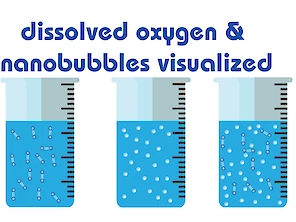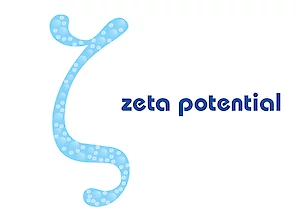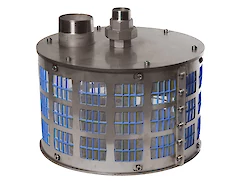microStar ozone nanobubble generator

Links
11 Links to other pages: microStar
The hammermill-rotation concept of the microStar uses the least amount of energy in the industry to generate nanobubbles.
microStar ozone hammermill-rotation nanobubble generator FS302AC-SW1 spec sheet.
Accessoires for GaLF, microStar and sensors
microStar ozone hammermill-rotation nanobubble generator FS752DC spec sheet.
Selecting a nanobubble generator can be a daunting task when you are new to the technology. In the following article we explain the differences of the various units. This helps you to select the best nanobubble generator for your research, application development or ultrafine bubble production.
microStar ozone nanobubble generator
A variable frequency drive takes AC utility power and rectifies it to DC. The filter, usually a large capacitors where the DC power is stored and smoothed; and the inverter which takes that fixed DC voltage and converts it into adjustable frequency, adjustable voltage output for the control of an induction or synchronous motor.
clear pvc tank specifically designed for microstar nanobubble generator
Explore groundbreaking research on air nanobubbles and their revolutionary impact on oxygen transfer in wastewater treatment systems. This comprehensive study reveals how nanobubble technology achieves six times faster dissolved oxygen increases compared to conventional aeration methods, offering significant energy savings and enhanced treatment efficiency. Learn about the experimental results using Acniti's Microstar Nanobubble Generator, which demonstrates improved oxygen mass transfer coefficients and optimal bubble size distribution.
microStar ozone hammermill-rotation millibubble generator FS752DC-SS3 spec sheet.
Discover Acniti’s compact lab-scale nanobubble generators—miniGaLF, Turbiti Fusion, and microStar—engineered for researchers seeking reliable, efficient gas dissolution and precise control in scientific applications, covering needs from rapid prototyping to high ozone dissolution with minimal disturbance.







